Sac State President Robert Nelsen updates campus on COVID-19 protocols as fall semester approaches
48% of students certified vaccination status as of last week
Sacramento State President Robert Nelsen speaks about COVID-19 safety protocols on campus and the new anti-racism campus plan in his fall address on Aug. 25, 2021. As of last week, 48% of students and 40% faculty have certified their vaccination status, according to Nelsen. Photo taken via Zoom by Camryn Dadey.
August 25, 2021
For the first time, Sacramento State President Robert Nelsen held his fall address with campus administrators both in-person and virtually to update the Sac State community on COVID-19 safety protocols and the anti-racism and inclusive campus plan, as well as enrollment data and the budget on Wednesday.
The State Hornet has compiled key takeaways from the address and important information that informs what the fall semester will look like.
COVID-19 protocols
Until the pandemic is “declared over,” Nelsen said that anyone on campus will be required to wear a mask in all public spaces and may only take the mask off when eating or drinking indoors or when alone in a private space. However, according to Steve Perez, Sac State provost and vice president of academic affairs, there will be no physical distancing requirements within classrooms.
“With the use of masks and common sense, the campus, you and I, will be safe,” Nelsen said.
As of last week, 48% of students and 40% faculty have certified their vaccination status, according to Nelsen, and 95% of the students who have certified are fully vaccinated. Nelsen said there will be random sampling throughout the semester to verify students’ certification status. The deadline to certify vaccination status is Sept. 13.
Joy Stewart-James, associate vice president of Sac State’s Student Health and Counseling Services, said the university is working to verify students’ vaccination status through the California immunization registry and has already verified over 10,000 students’ statuses.
Nelsen also said that 100% of student athletes whose sports compete in the fall are fully vaccinated.
Nelsen said that the mandatory vaccination policy for represented employees is in the meet and confer process with the unions at the system level, meaning that unions are still discussing the legality and application of the vaccination policy with the California State University chancellor’s office.
“While the policy is immediately in effect, no represented employee can be disciplined for not attesting to their vaccination status by Sept. 13,” Nelsen said. “No represented employee with an exemption can be required to test twice weekly until the meet and confer process has been completed.”
The union’s discussion does not apply to students and administrators, Nelsen said, and the timeline of when the discussion will conclude is “unpredictable.”
“I know that the inability to require represented employees to be vaccinated or be tested twice weekly is causing some consternation among many individuals who will be on campus,” Nelsen said. “But we must respect the right of the unions to meet and confer regarding working conditions.”
Students who declare medical and religious exemptions will be required to test twice weekly. This testing will be done on campus on the first floor of parking structure 3, according to Ed Mills, vice president of student affairs.
If a student is not vaccinated and does not have an exemption, they will not be allowed on campus and their professors will be notified that they are not allowed on campus. However professors will not be told the reason why, Mills said. Professors will also not have access to information regarding which students are vaccinated or have exemptions in their classes, according to Mills.
If a student refuses to wear a mask in class, Perez said a professor should request that they leave, and if the student refuses to leave, Perez recommends that the professor end the class session and report the situation to student conduct.
“We are 100% serious about masking, and we need to come together as a community to help each other to enforce this mandate within the buildings,” Mills said.
Visitors to campus will be required to follow mask guidelines, according to Mills. Visitors will not be required to certify their vaccination status and there is no current plan to do so, according to Nelsen.
The vaccine clinic on campus is currently open two days a week and administering approximately 200 vaccines per week, Nelsen said, bringing the total number of vaccines administered on campus to approximately 22,000. Stewart-James said the campus hopes to be able to offer booster shots of the vaccine starting in October to the campus community.
The Student Health Center at The WELL will offer free COVID-19 testing for symptomatic individuals, and free COVID-19 testing kits will also be available for any faculty, staff and students regardless of their symptoms or vaccination status in order to stop the spread of the virus from students visiting family or others off-campus, according to Nelsen.
Anti-racism campus plan
Nelsen also discussed the anti-racism and inclusive campus plan released in August and said that the Division of Inclusive Excellence is poised to lead the work with $1.965 million in funding. Nelsen said a new director of faculty diversity and inclusion will begin work next month and the university is also adding positions for a data collection analyst and a truth, racial handling and trauma center director. He also discussed hiring more faculty that reflect the demographics of the student body.
“This is a plan about converting our university into an anti-racist university,” Nelsen said. “this plan is a work plan, a plan that will not let itself languish on a shelf, a plan that will require work and true change.”
Nelsen said the university also recently hired a bias response director and is working to implement a website where faculty, staff and students can “report incidents of racial bias that don’t rise to the legal definition of harassment or discrimination.”
Melinda Wilson Ramey, interim vice president of the Division of Inclusive Excellence, also discussed the exodus of faculty and leaders of color from the university.
“When faculty and leaders of color leave the university, they leave for personal reasons, and the ones I’ve talked to are…frustrated,” Wilson Ramey said. “So the question is, how do we address their frustrations, so that it doesn’t happen again?”
Wilson Ramey said the university and the president’s cabinet are examining how they can support faculty and leaders of color and be available to “hear stories and rectify situations.”
Nelsen said the anti-racism and inclusive campus plan will be further discussed at a separate convocation focusing on anti-racism on Sept. 29.
Enrollment and budget updates
Nelsen said there are currently approximately 31,470 students enrolled at Sac State, 107 more students than last year. Approximately 46% of classes in the fall semester have a face-to-face component, and 61% of students are enrolled in at least one class with a face-to-face component.
“Our goal is safety,” Nelsen said. “The goal is not to be a for-profit online university. We believe in education. We believe in meeting our students face to face.”
According to Nelsen, the university spent Higher Education Emergency Relief Funds (HEERF) on new air filtration to provide further safety and air circulation to students and faculty, as well as renovating 450 classrooms with new technology such as microphones and projectors. Buildings and common areas will also have disinfecting hand and wipe stations.
RELATED: FAQ: HyFlex and HerkyFlex, what’s the difference?
Nelsen said the university has allocated $52.5 million to grants for students and are working to calibrate how much each student will receive based on their Pell Grant eligibility and estimated family income. He said he expects to be able to award up to $900 to full-time students in both the fall and spring semesters and up to $700 for part-time students.
Nelsen said he does not expect that there will be another HEERF bill or any other grants for students after this year, saying that the university must double and triple the number of scholarships to continue to support students.
RELATED: Where did all that money go?: A breakdown of $63.8 million HEERF II funds
Sac State received $16.9 million in additional funding this school year from the state, though $10.7 million of that restores funding that was cut in the previous year, according to Nelsen, and Sac State will have a balanced budget for the sixth straight year.
Additionally, Nelsen said four-year graduation rates have continued to rise at Sac State. In 2016, Sac State’s four-year graduation rate was 8.8%, and this year, it has risen to 26%, according to Nelsen. Additionally African-American and Black students’ four-year graduation rates have risen from 4.5% to 19.8%, Asian-American students’ have risen from 5.5% to 24.8%, and Latinx students’ rates 8.8% to 25.3%.






























































































































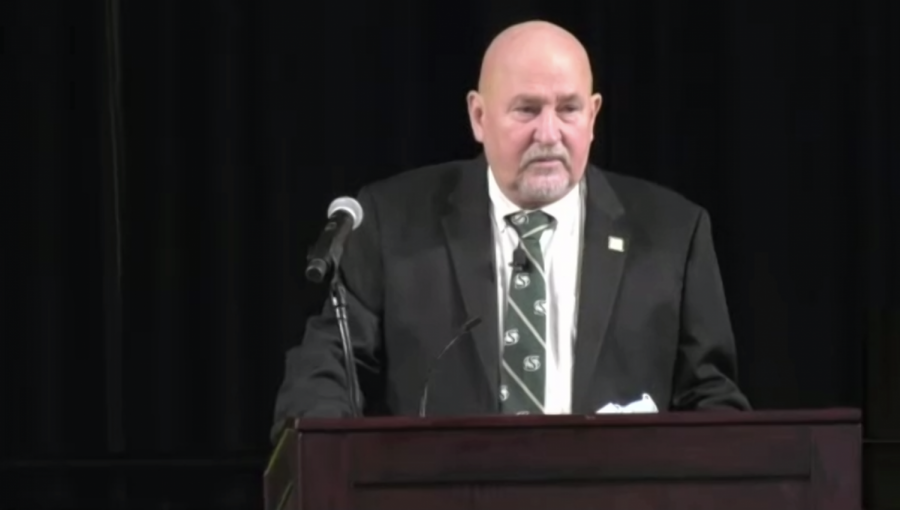
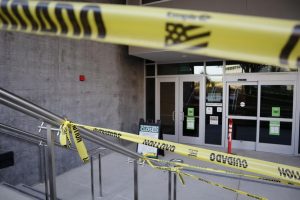
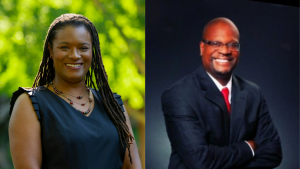
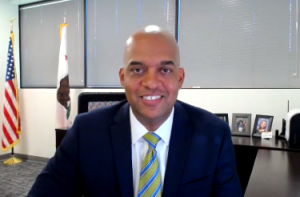
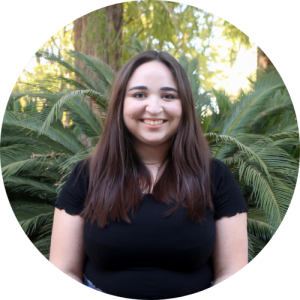





Alisha Ross • Aug 31, 2021 at 9:45 pm
Incredible! This blog looks just like my old one! It’s on a entirely different subject
but it has pretty much the same page layout and design.
Superb choice of colors!
Regards
Ross Alisha